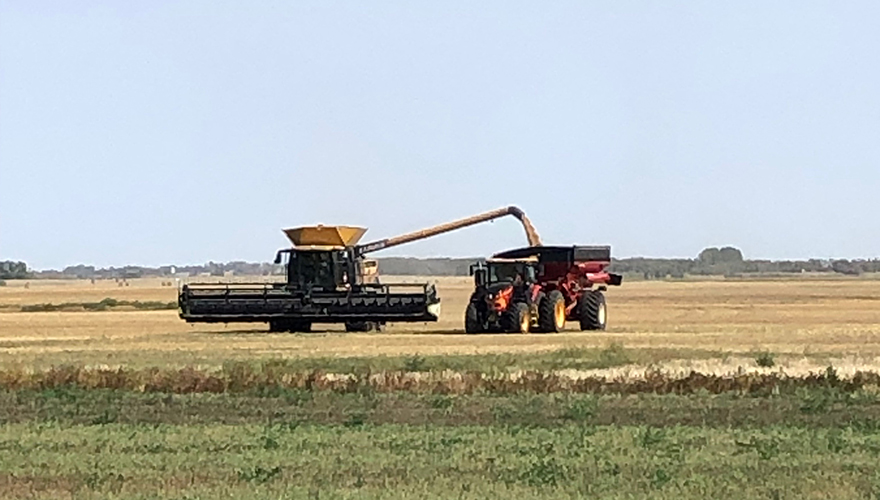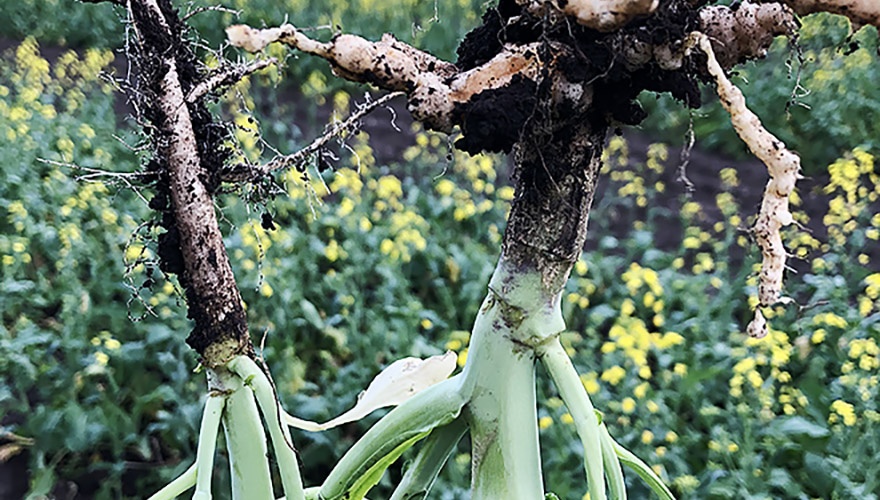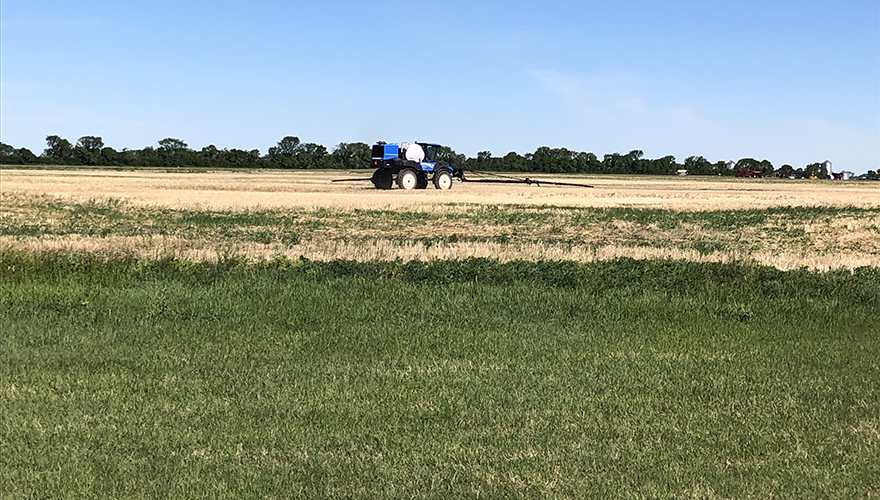Posted March 27, 2020 | By: Greg Smith
Optimize Your Corn Planter
In corn production, getting off to a good start is critical. The job of corn planters is to optimize seed spacing and depth. Plant stand uniformity is important to yield potential. Plants that emerge as little as 48 hours later than those next to them are at a competitive disadvantage when it comes to securing water, nutrients and light. Plants with delayed emergence often produce stalks that are thinner in diameter, shorter and produce smaller ears, especially in high population environments.
Watch planting speed. Keep the speed around five miles per hour to reduce planter unit bounce and deliver the seeds uniformly. Operating at higher speeds often results in uneven emergence leading to reduced yield.
The seed-trench (Vee) should be properly closed for good seed-to-soil contact and to reduce drying out of the seed zone. Spoked closing wheels are often added to planters to help close the seed-vee. They serve three purposes: aerating the soil with tillage, closing the seed-vee while fracturing the sidewall, and providing loose soil above the seed.
Here are some general guidelines and tips for planter maintenance and adjustments:
• Clean the planter inside and out
• Check and replace all worn out parts
• Ensure that coulters and disc openers are aligned accurately
• Replace worn seals and check trueness of fit of seed drum (on Case IH only)
• Adjust or replace worn disc openers
• For finger-pickup type planters, check finger-pickup backplates for rust buildup, seed treatment residues and worn-down dimples. Check and adjust finger tension
• Check condition of seed conveyor belt. Age plus seed treatment equals brittleness
• Replace worn chains. Lubricate or replace chain links
• Inflate tires to their correct pressure
• Clean seed tubes and monitor sensors to ensure accurate monitoring of seed flow
• Replace seed tubes if excessively worn at bottom
How to properly calibrate your planter
• For air or vacuum planters: Calculate and record the seed weight for each seed lot you intend to plant. Identify and record the correct pressure (air or vacuum) for the calculated seed weight. Identify and record the correct seed disc (or drum) for the calculated seed weight
• Double-check the operations manual and identify the correct transmission setting for the desired seeding rate
• Consider each seed row as an independent planting unit, and always use the same plates with the same row units – number your plates
• Calibrate actual seed drop against: Planter transmission settings and planter monitor readouts
• Calibrate at normal planting speeds and seeding rates. Calibrate in actual field conditions. Don’t calibrate the planter in the farm lane
• Calibrate pesticide and fertilizer planter attachments at the same time because application rates can easily change from year to year
• Check that the planter toolbar is parallel to the ground while in motion because this affects disc opener depth, press wheel efficiency and seed-to-soil contact
FEATURED LINKS
NEWSLETTER
Want to stay caught up in all things agriculture? Sign up for the newsletter and get all the latest news straight to your inbox.
Common Precision Ag Misconceptions
Posted April 03, 2020





